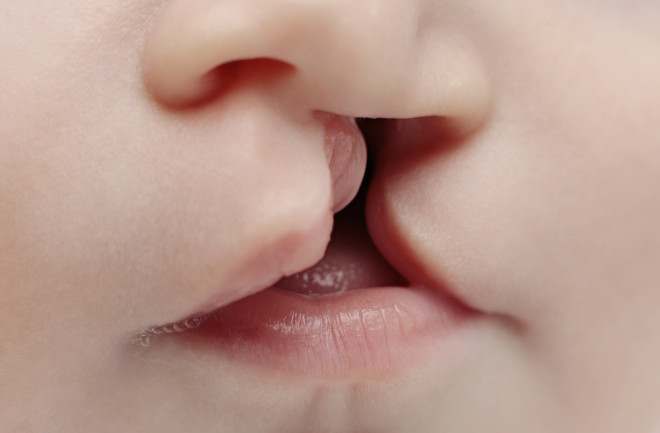
Cleft Lip & Cleft Palate
Oral submucous fibrosis is a condition that is mostly associated with the use of areca nut, a component of betel quid and is widespread among South Asian populations. It produces grimness (loss of oral function as tissues stiffen and mouth opening becomes difficult) and death (when developed into squamous cell carcinoma happens). This is an extremely severe and persistent pre-cancerous disorder that damages the oral cavity as well as the pharynx. It produces submucosal tissue fibrosis and juxta-epithelial inflammatory responses. This condition also causes fibro-elastic alterations in the lamina propria, as well as epithelial atrophy and stiffness of the oral mucosa. Because of the excessive stiffness of the jaw, opening the mouth could become impossible.
Cleft lip surgery is often performed when a child is around the age of 10. The objective of surgery is to repair the separation, restore muscular function, and restore the mouth’s natural contour. The technique may improve the nasal deformity or may necessitate additional surgery.
When a child is 7 to 18 months old, a cleft palate is safely repaired with surgery. This is determined by the specific child and his or her conditions. If the baby has other underlying health issues, the procedure is likely to be postponed.
The primary objectives of surgery are to cover the cleft or gap between the roof of the mouth and the nose, rejoin the muscles that make the palate functional and extend the repaired palate in order for it to fulfill its role properly.
Surgeons will utilize a variety of approaches to achieve these objectives. The approaches used by surgeons could differ, and they should be addressed between the parents and the surgical expert before surgery.
